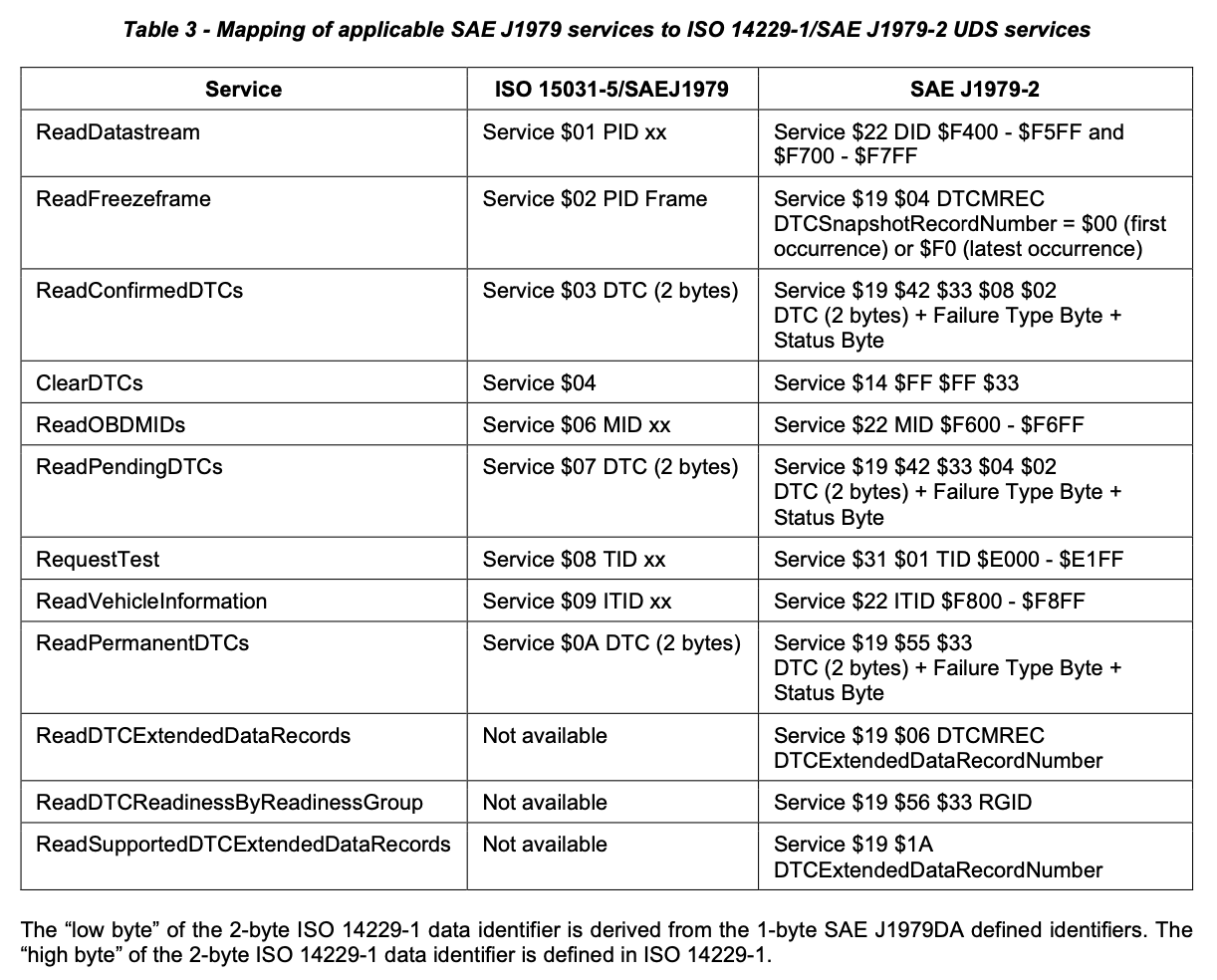From looking at the FSM it seems that the EV-ECU holds the DTC codes. It is not clear to me if the MUT talks directly to the OBC to get the trouble codes, or if it is the EVECU that is passing thru the codes that were sent from the OBC.
Here are some results from Paul's attempt to query the OBC and MCU using his version of the MUT software and the Tactrix Openport as VCI. i have added some notes after the ;
Here are some results from Paul's attempt to query the OBC and MCU using his version of the MUT software and the Tactrix Openport as VCI. i have added some notes after the ;
Code:
I did a test. It says communication error when I try and read DTC's from the OBC. Maybe my version of MUT doesn't support that.
OBC ; the CANid appears to be 0x766, asking for freeze frame data
Fltr: 5 ID: 0x765 Len: 8 Data: 0x2 1A 87 0 0 0 0 0 ; SM$02 Pid $1A FRNO $87
Fltr: 5 ID: 0x765 Len: 8 Data: 0x2 1A 9C 0 0 0 0 0 ; FRNO $9C
Fltr: 5 ID: 0x766 Len: 8 Data: 0x3 7F 1A 11 FF FF FF FF ; Response
MCU ; possible response from address 0x7E0 ?
Fltr: ? ID: 0x18DA15F1 Len: 8 Data: 0x3 22 F1 90 0 0 0 0 ; this is a standard 29-bit Address per SAE sending a 3-byte request to ECU at address $15, 0x22 may be a code related to negative responses called out in specs, xF1 90 ?
Fltr: 5 ID: 0x7E0 Len: 8 Data: 0x2 1A 90 0 0 0 0 0 ; Response























